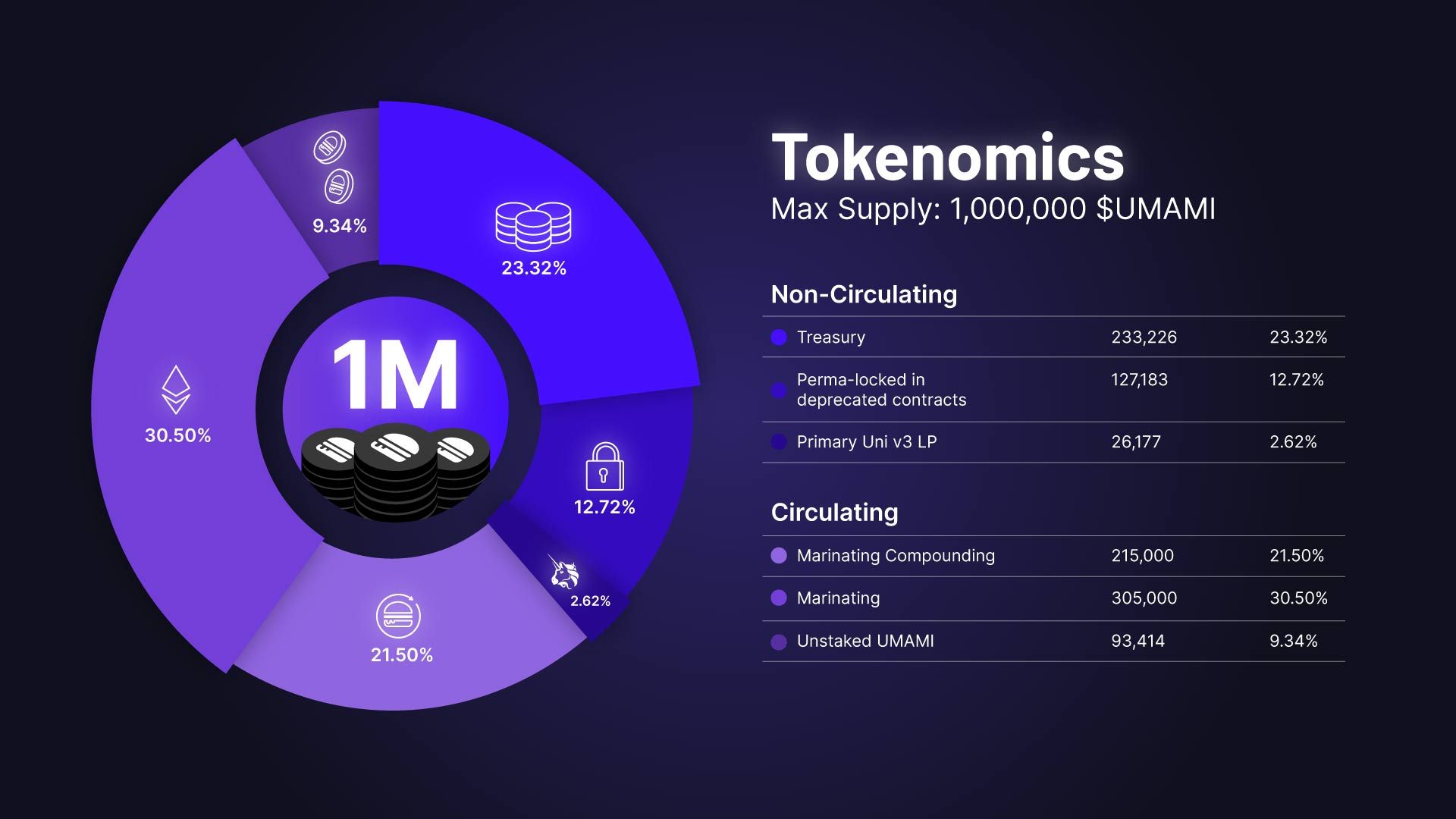Last Updated:
Jul 16, 2025
Tokenomics: how it drives crypto project success
Last Updated:
Jul 16, 2025

Author
Share this article
Tokenomics is the economy of tokens, which includes all aspects of creating, distributing, using, and managing tokens within blockchain ecosystems. It is a key component of cryptocurrency projects that significantly impacts their stability, growth, and value. Understanding tokenomics is important not only for developers but also for investors, as it determines the long-term attractiveness and potential of a project.
How tokenomics works
Tokenomics describes how tokens will be used within an ecosystem, what incentives will be provided to participants, how tokens will be distributed, and what governance mechanisms will be applied to ensure their stability and effectiveness.
Tokens can be used for various purposes:
• Medium of exchange: tokens can serve as a currency within the ecosystem to pay for goods and services.
• Governance participation: some tokens give holders voting rights on network decisions.
• Long-term incentives: tokens may reward participants for contributing to the project, such as providing liquidity or participating in mining.
Investment purposes: tokens can be assets for speculative investments, where their value depends on supply and demand in the market.
Key elements of tokenomics
Types of tokens:
Utility Tokens: used to access services or features on a platform. For example, tokens that grant access to decentralized applications (dApps).
Security Tokens: represent investment assets that provide a share of profits or assets in a project. These tokens are subject to regulatory requirements.
Governance Tokens: give holders the right to vote on decisions regarding the project's future development.
Stablecoins: cryptocurrencies pegged to stable assets like the US dollar, reducing volatility.
Total token supply:
• Total Supply: the total number of tokens that will exist in the future.
• Circulating Supply: the number of tokens currently available for trading and use.
• Max Supply: the maximum number of tokens that can ever be issued.
Token distribution methods:
• ICO/IDO (Initial Coin Offering / Initial DEX Offering): the sale of tokens in exchange for fiat or cryptocurrency at the early stages of a project.
• Airdrop: the free distribution of tokens to attract new users.
• Staking Rewards: rewards for users who lock their tokens in the network to support its security and operation.
Inflation and deflation:
Inflation: if a project continues to issue tokens without limits, it can lead to inflation, decreasing the value of circulating tokens.
Deflation: some projects use mechanisms like token burning to reduce the overall supply and increase their value.
Incentive mechanisms: Tokenomics uses various mechanisms to maintain incentives, such as rewarding participants for certain actions (e.g., mining, staking) and governance systems for decision-making within the network.
Why tokenomics is important for investors
• Price volatility: understanding tokenomics allows investors to assess how resilient a project is to market fluctuations and what mechanisms exist to influence token prices.
• Long-term sustainability: tokenomics helps to understand how viable a project is in the long term. For example, if a project has an excessive number of tokens in circulation, it can lead to inflation and devalue the tokens.
• Governance mechanisms: tokenomics shows how a project is managed, who makes the decisions, and how this impacts the ecosystem's development.
• Risks and opportunities: understanding tokenomics helps identify potential risks, such as market shifts, regulation changes, or the introduction of new features that could affect token value.
Example of successful tokenomics
The Uniswap project is a good example of successful tokenomics. It uses the UNI token, which serves as a governance token, allowing holders to make decisions about the protocol’s development. Additionally, tokens are used to reward users providing liquidity on the platform. This approach incentivizes active participants and helps maintain the project's growth.
How to choose a project with good tokenomics?
• Analyze token distribution: examine how the project distributes its tokens. If a large portion of the tokens is held by the team or early investors, it may pose risks for token holders.
• Understand incentive mechanisms: make sure the project offers adequate incentives for all participants, including users, developers, and investors.
• Evaluate sustainability: check how resilient the project is to market changes, including potential inflationary or deflationary trends.
Conclusion
Tokenomics is not just a part of cryptocurrency projects it is their foundation. Understanding how token economics work helps investors make informed decisions and enables developers to create projects that can remain successful and stable in the long term.
Author
Share this article
